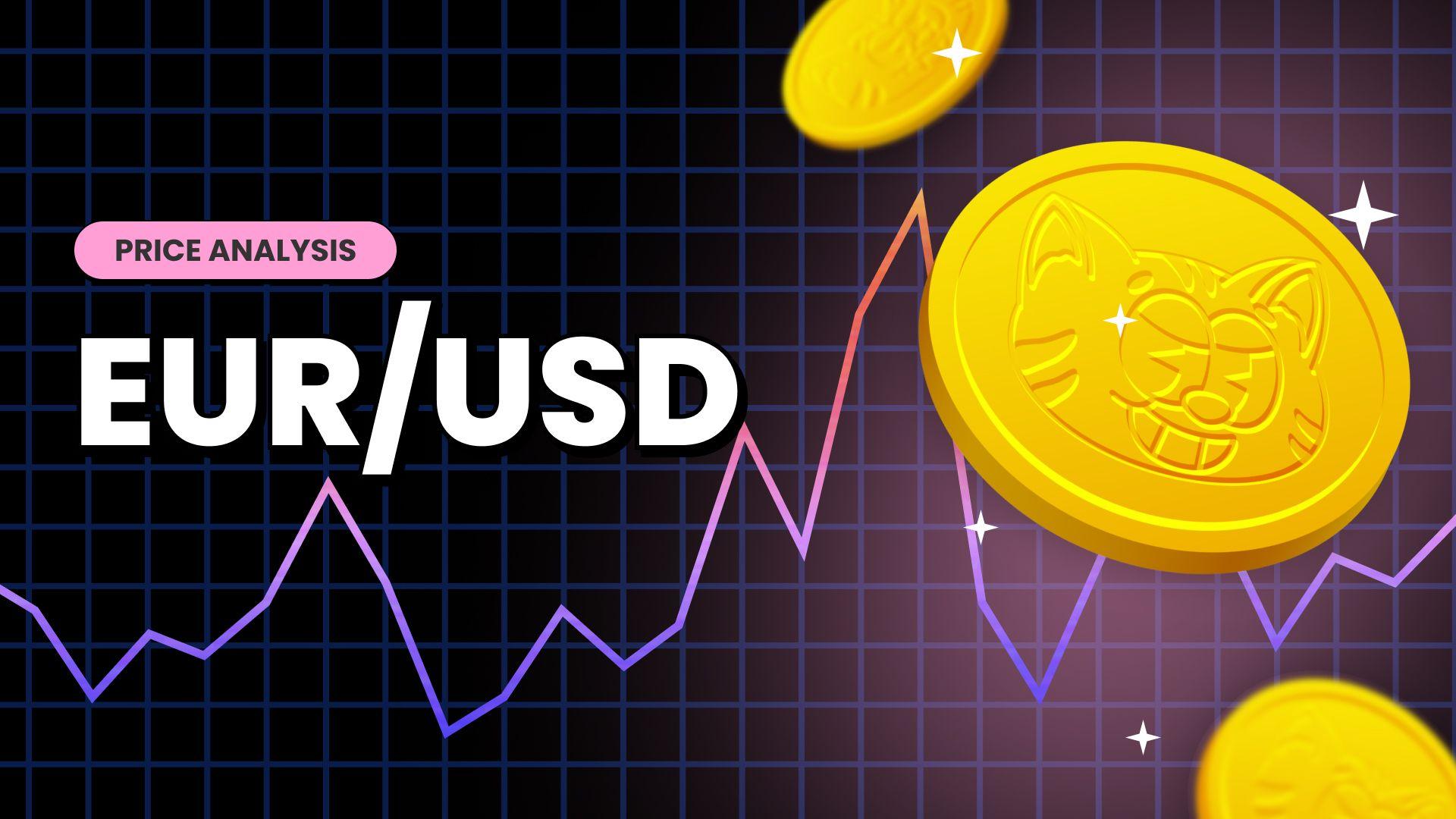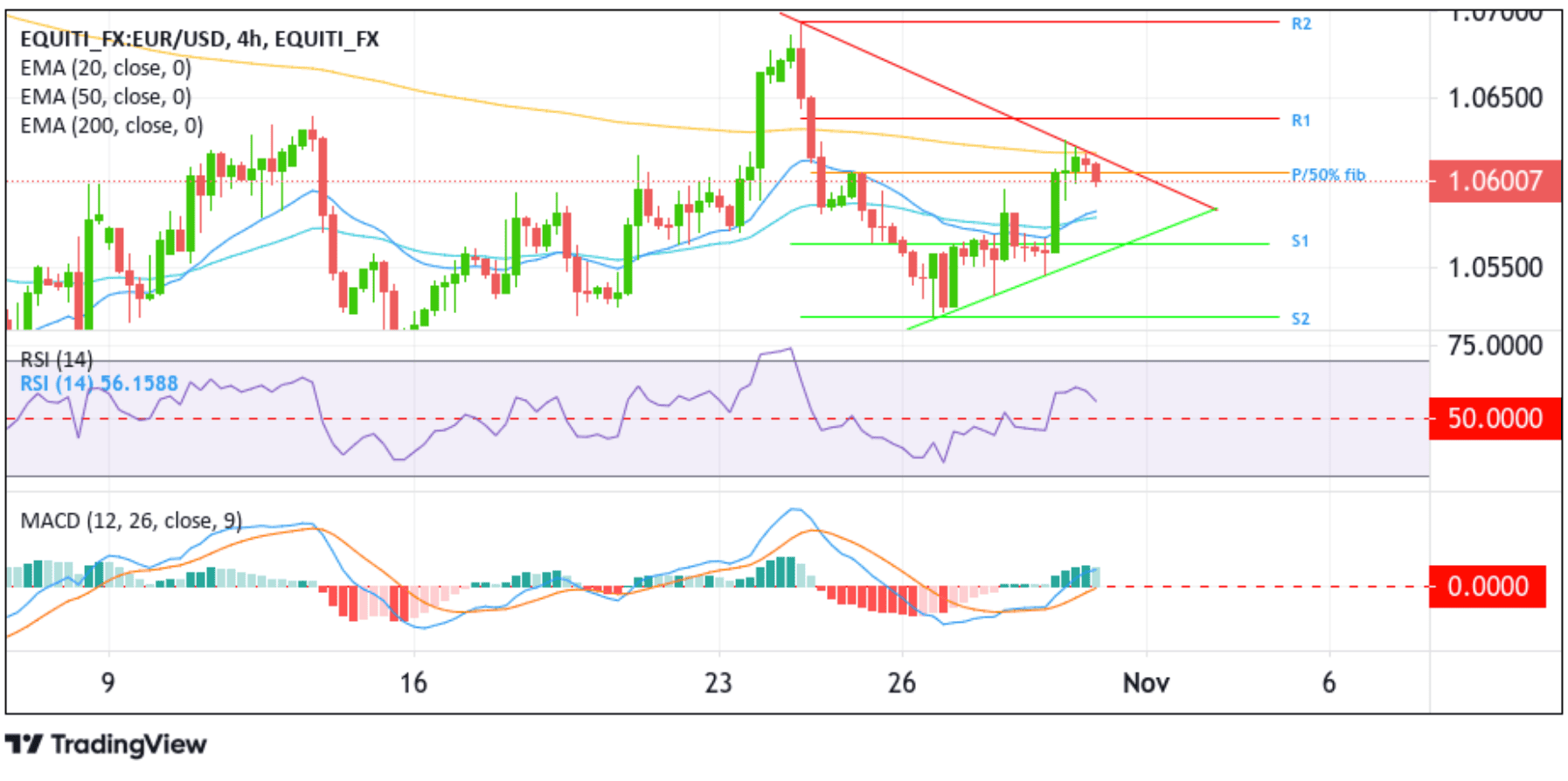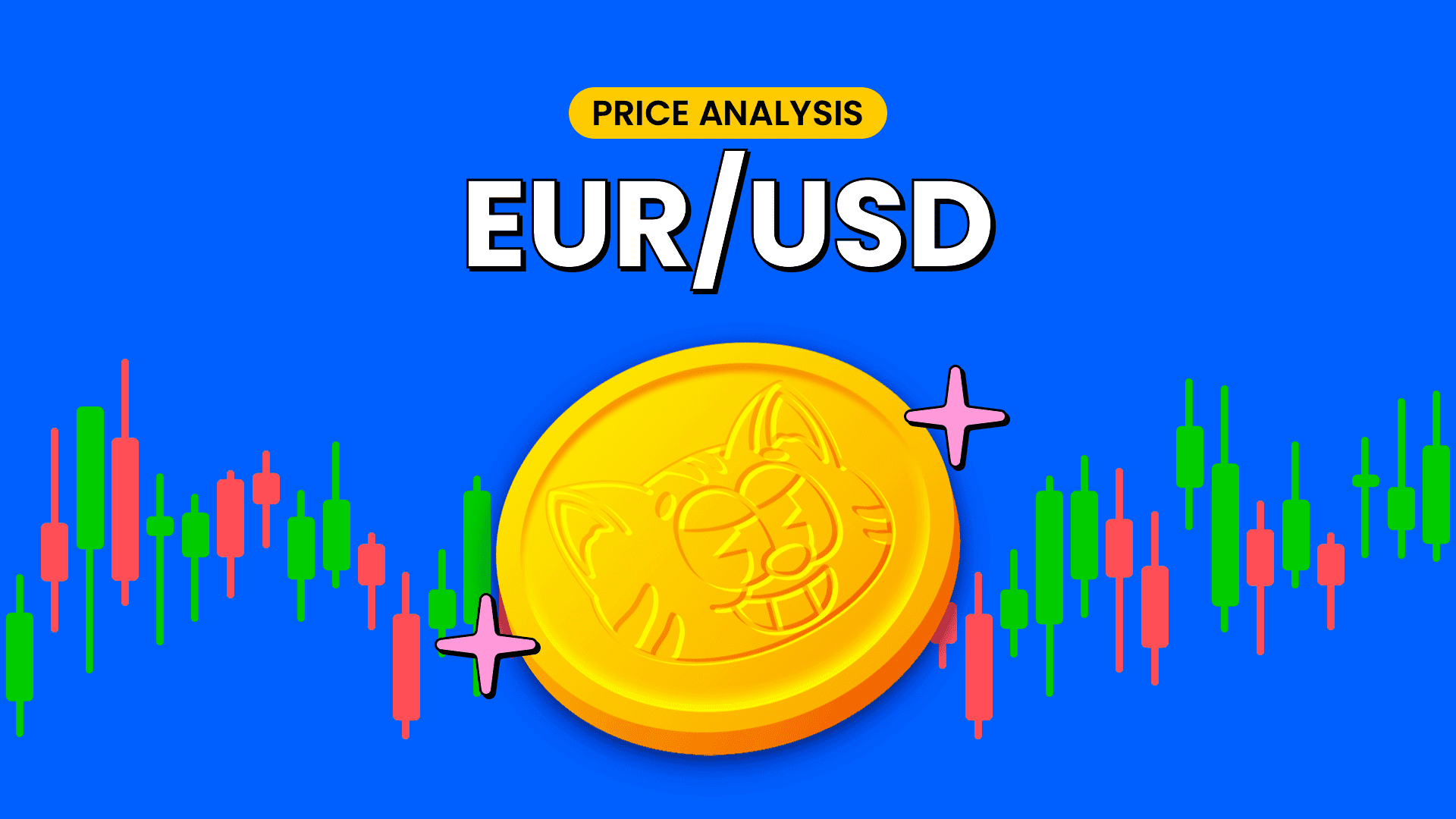EUR/USD Surrenders Intra-Day Recovery Gains and Moves Back Below 1.06050 Level, Eurozone CPI And GDP Q3 Awaited






Key Takeaways:
- EUR/USD cross drops back below the 1.06050 level, weighed by a combination of factors
- Rebounding U.S. Treasury bond yields underpin the greenback, and help cap the upside for the EUR/USD pair
- Despite the combination of negative factors, the euro continues to be supported by prospects for further policy tightening by the Fed and fresh, positive euro macro data
- Markets look forward to the eurozone docket featuring the release of the eurozone Consumer Price Index (CPI) (YoY) (Oct) and the third quarter GDP preliminary data

The EUR/USD pair capitalized on the overnight bounce from the vicinity of the 1.06219 level and dropped below the 1.06050 level during the mid-Asian session on Tuesday after attracting fresh selling during the start of the session. The pair looks set to extend its offered tone heading into the European session.
A fresh leg up in U.S. Treasury bond yields on Tuesday, along with a softer risk tone, helped revive U.S. dollar demand, which in turn was seen as a key factor that helped cap the upside for the EUR/USD pair. Markets seem convinced that the Fed will hike interest by at least 25 basis points before the end of the year. This comes after data last week showed the U.S. economy expanded an annualized 4.9% in the third quarter of 2023, the most since the last quarter of 2021, above market forecasts of 4.3% and a 2.1% expansion in Q2, the advance estimate showed.
In that same line, Core Personal Consumption Expenditure (PCE) prices in the U.S., which exclude food and energy, increased by 0.3% from the previous month in September 2023, the most in 4 months, aligning with market estimates and accelerating from the 0.1% increase from the earlier month. The annual rate, regarded as the Federal Reserve's preferred measure of inflation, eased slightly to 3.7%, the lowest since May 2021, but held sharply above the central bank's target of 2%. Further lending support to the greenback comes from concerns that the Israel-Palestine war would engulf the rest of the Middle East region, in turn leading to a major global crisis, which in turn weighs on investor sentiment. This was evident from a generally weaker tone around the equity markets, which lends support to the buck and could prompt further profit-taking around the EUR/USD cross.
Additionally, incoming data is expected to show softening inflation pressures in the eurozone area and reveal the eurozone area contracted in the third quarter, which weighs on the euro.
That said, investors might refrain from placing aggressive bearish bets amid firm market expectations that the Fed will keep its benchmark policy rate steady at the current 5.25% to 5.5% range during the November meeting, which weighs the buck.
Apart from this, the Euro (EUR) continues to be supported by fresh, positive eurozone macro data, which showed the German economy contracted by 0.1% in the third quarter of 2023, marking a reversal from the upwardly revised 0.1% expansion recorded in the preceding three-month period and surpassing market expectations of a 0.3% contraction, a preliminary estimate showed. On an annual basis, GDP declined by 0.3% after remaining unchanged in the previous period, in contrast to market expectations of a 0.7% decrease. To a greater extent, the German GDP QoQ macro data overshadowed a drop in inflation pressures in Germany.
As we advance, investors look forward to the eurozone docket featuring the release of the eurozone Consumer Price Index (CPI) (YoY) (Oct) and the third quarter GDP preliminary data. Investors will further look for cues from the release of the U.S. C.N. Consumer Confidence (Oct) report. The main focus, however, remains on releasing the Monthly U.S. Jobs Data Report, popularly known as the Non-farm Payrolls (NFP) report, set for release on Friday.
Technical Outlook: Four-Hours EUR/USD Price Chart

From a technical standpoint, the price's ability to rebound from the vicinity of the 1.06219 level and the subsequent move below the pivot level, which coincides with the 50% Fibonacci Retracement Level at the 1.06071 level, favors sellers and supports the case for further downside moves. If bears extend the bearish retracement beyond the current price level in the coming sessions, the EUR/USD pair could drop toward the lower limit of the Bearish Pennant chart pattern. A convincing move below this support level will reaffirm the bearish bias and pave the way for a near-term move toward the 1.05640 support level (S1). A decisive flip of this support level into a resistance level will pave the way for a further drop toward the 1.05201 support level (S2), and in dire cases, the EUR/USD cross could extend a leg down toward the 1.04933 support level, followed by 1.04805 level.
On the flip side, if buyers return and catalyze a bullish reversal, initial resistance comes in at 1.06071, which corresponds to the 50% fib level. If bulls breach this barrier, the price could ascend to retest the key resistance level plotted by a downward-sloping trendline (upper limit of the Bearish Pennant chart pattern). A subsequent break (bullish price breakout) above this resistance level will pave the way for a move toward the technically strong 200-day (yellow) Exponential Moving Average (EMA) at the 1.06133 level. A convincing move above this level will pave the way for a rise toward the 1.06281 level, corresponding to the 61.8% fib level. If the price pierces this barrier, buying interest could gain further momentum, creating the right conditions for a move toward the 1.06382 resistance level (R1) followed by the 1.06929 resistance level (R2).

